Health & Science
A milestone for private spaceflight; Lyme disease’s hidden toll; More certainty on warming; Birders and scientists unite
A milestone for private spaceflight
The private company SpaceX last week fired off a rocket that can maneuver sideways and land, upright and undamaged, on its launchpad—a stunt no other modern rocket can perform, Wired.com reports. The test flight was a key step toward engineering reusable rockets, which would considerably reduce the cost of private spaceflight and make it feasible to ferry passengers to and from low Earth orbit. The Grasshopper rocket is taller than a 10-story building, which makes it “particularly challenging” to control, the company says. It had the Grasshopper ascend slowly to more than 800 feet while moving about 300 feet sideways, hover briefly, then retrace its path back to the pad, demonstrating its ability to perform what SpaceX called “aggressive steering maneuvers.” All rockets currently in use, including NASA’s, incinerate in Earth’s atmosphere after carrying their attached spacecraft into orbit—a practice that SpaceX founder Elon Musk has compared to disposing of a 747 after a single cross-country trip. The Grasshopper’s demonstration coincided with critical spacecraft tests by SpaceX competitors Sierra Nevada and Virgin Galactic. Virgin Galactic, which aims to begin commercial flights next year, announced that it had already sold 625 tickets, now priced at $250,000 each.
Lyme disease’s hidden toll
The Week
Escape your echo chamber. Get the facts behind the news, plus analysis from multiple perspectives.

Sign up for The Week's Free Newsletters
From our morning news briefing to a weekly Good News Newsletter, get the best of The Week delivered directly to your inbox.
From our morning news briefing to a weekly Good News Newsletter, get the best of The Week delivered directly to your inbox.
Startling new research from the Centers for Disease Control and Prevention suggests that roughly 300,000 Americans are infected every year with the tick-borne bacterium that causes Lyme disease—10 times more than the number of cases reported annually. The new data “confirms what we’ve thought for a long time: This is a large problem,” CDC researcher Paul Mead tells NPR.org. Unless it is diagnosed and treated with antibiotics within 72 hours, a Lyme disease infection can spread through the body, causing damage to the heart and brain and sometimes leading to disabling chronic fatigue. Initial symptoms, including stiffness, headache, joint pain, and fever, are often mistaken for signs of the flu, which may be one reason so many people don’t realize they have the disease. The poppy-seed-size ticks that carry Lyme are also hard to spot on the skin. Experts say people who spend time in wooded areas in the Northeast and upper Midwest, where Lyme disease is prevalent, should wear insect repellent and long sleeves and pants outside to prevent tick bites. Showering immediately after spending time outdoors can also help wash ticks away before they pass on the Lyme-causing bacterium.
More certainty on warming
An influential panel of climate scientists has expressed higher confidence than ever that human activity is the main cause of the rise in global temperatures since the 1950s, Reuters.com reports. A leaked draft of an upcoming report of the United Nations’ Intergovernmental Panel on Climate Change, based on a broad analysis of published scientific studies, concludes with 95 percent certainty that climate change is both real and man-made; the group’s 2007 report expressed only 90 percent certainty about that conclusion, up from 66 percent in 2001. The panel’s stronger verdict comes despite a plateau in average global temperature over the past 15 years, which it attributes to a combination of factors, including natural weather variations, volcanic ash, and reduced heat from the sun during its latest 11-year cycle. The report warns that unless governments severely curtail greenhouse gas emissions, global temperatures could increase by as much as 9 degrees Fahrenheit by the end of the century. “Emissions at or above current rates would induce changes in all components in the climate system,” the report says, “some of which would very likely be unprecedented in hundreds to thousands of years.”
Birders and scientists unite
A free daily email with the biggest news stories of the day – and the best features from TheWeek.com
Crowd-sourced data from tens of thousands of bird-watchers is helping scientists map avian populations in far greater detail than in the past. Researchers have traditionally obtained most of their data about the health of bird populations from annual bird counts—one-day events during which volunteers across the country record the species they see in their area. But now an online network called eBird is allowing citizens to instantly report bird sightings to the Cornell Lab of Ornithology, which is using the data to create large-scale, real-time maps of how bird species shift over time and place. “This is a game-changer in how we look at animal populations and their movement,” Cornell Lab director John W. Fitzpatrick tells The New York Times. Since its launch in 2002, eBird has collected 141 million reports and created maps for more than 300 species in 169 countries. The data, screened by experts to help ensure accuracy, is being used, for instance, to steer development away from critical bird habitats in several California cities. EBird also allows birders to view each other’s sightings and store a list of species they’ve seen in their lifetime. “It’s a really neat tool,” says eBird contributor Bob Martinka. “If you see one bird or a thousand, it’s significant.”
-
 Political cartoons for December 19
Political cartoons for December 19Cartoons Friday’s political cartoons include unemployment rates, taunts and prayers, and more
-
 Who is paying for Europe’s €90bn EU loan?
Who is paying for Europe’s €90bn EU loan?Today’s Big Question Kyiv secures crucial funding but the EU ‘blinked’ at the chance to strike a bold blow against Russia
-
 Quiz of The Week: 13 – 19 December
Quiz of The Week: 13 – 19 DecemberQuiz Have you been paying attention to The Week’s news?
-
 5 recent breakthroughs in biology
5 recent breakthroughs in biologyIn depth From ancient bacteria, to modern cures, to future research
-
 Bacteria can turn plastic waste into a painkiller
Bacteria can turn plastic waste into a painkillerUnder the radar The process could be a solution to plastic pollution
-
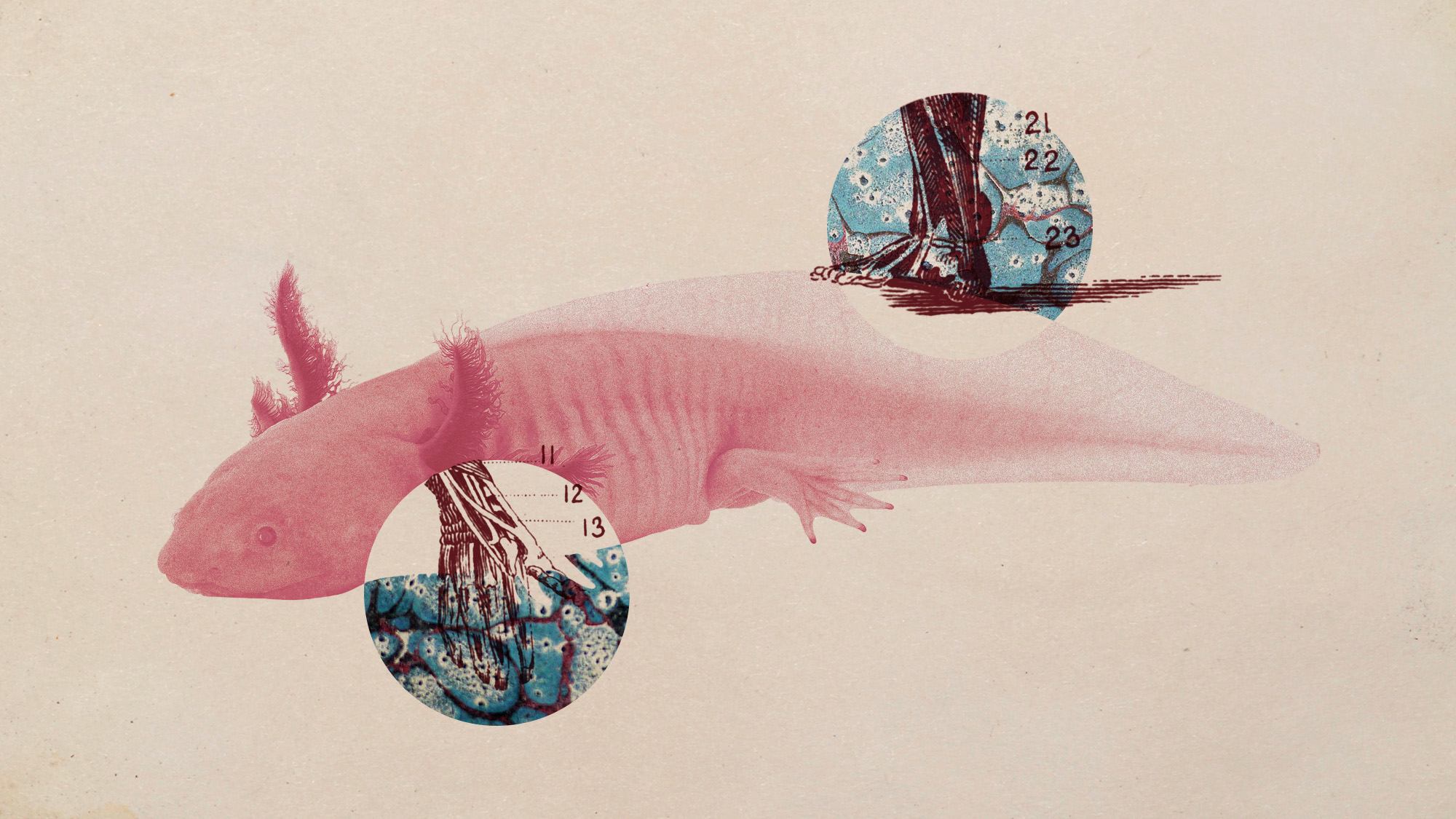 Scientists want to regrow human limbs. Salamanders could lead the way.
Scientists want to regrow human limbs. Salamanders could lead the way.Under the radar Humans may already have the genetic mechanism necessary
-
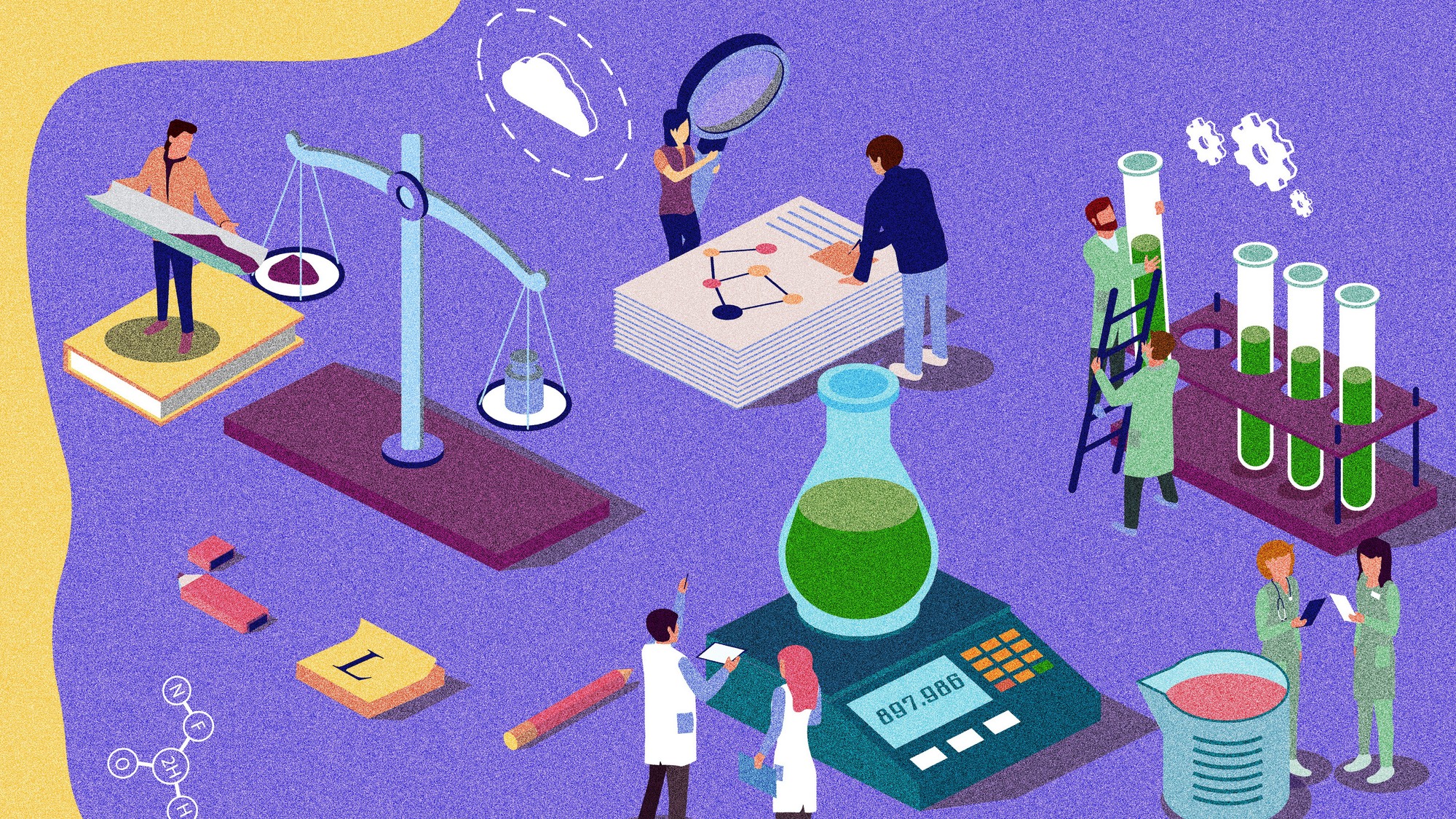 Is the world losing scientific innovation?
Is the world losing scientific innovation?Today's big question New research seems to be less exciting
-
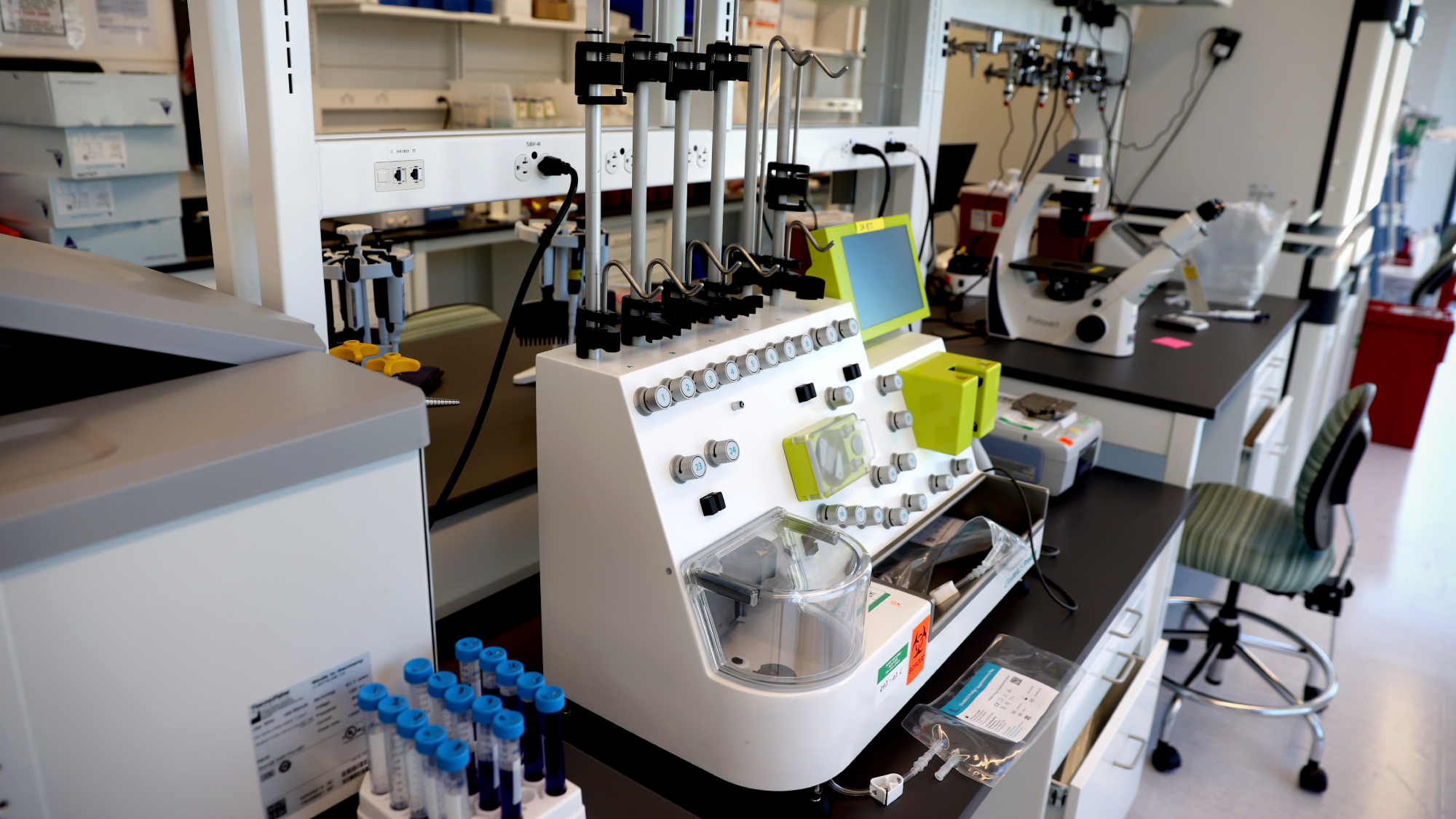 Breakthrough gene-editing treatment saves baby
Breakthrough gene-editing treatment saves babyspeed read KJ Muldoon was healed from a rare genetic condition
-
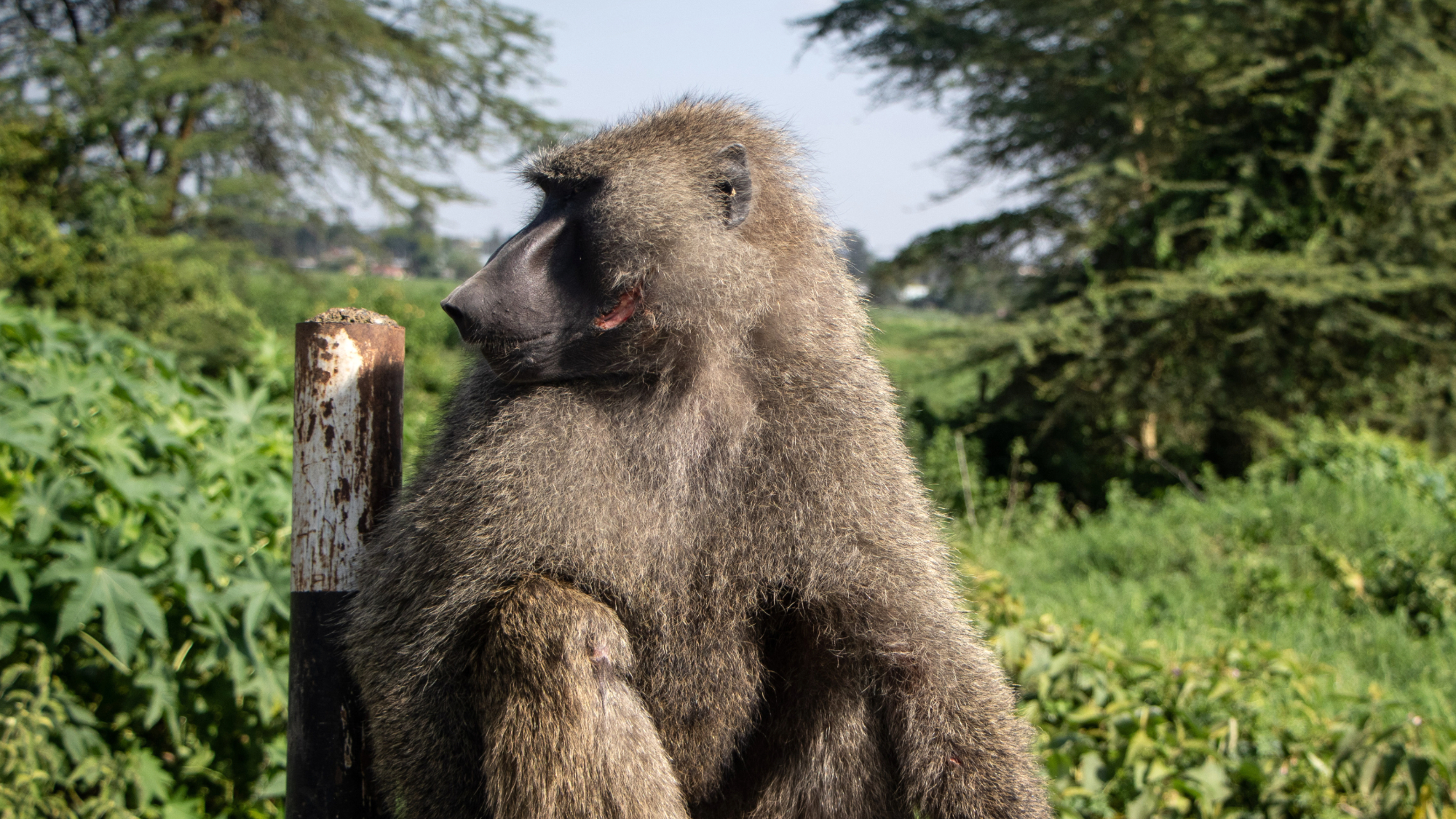 Humans heal much slower than other mammals
Humans heal much slower than other mammalsSpeed Read Slower healing may have been an evolutionary trade-off when we shed fur for sweat glands
-
 Scientists map miles of wiring in mouse brain
Scientists map miles of wiring in mouse brainSpeed Read Researchers have created the 'largest and most detailed wiring diagram of a mammalian brain to date,' said Nature
-
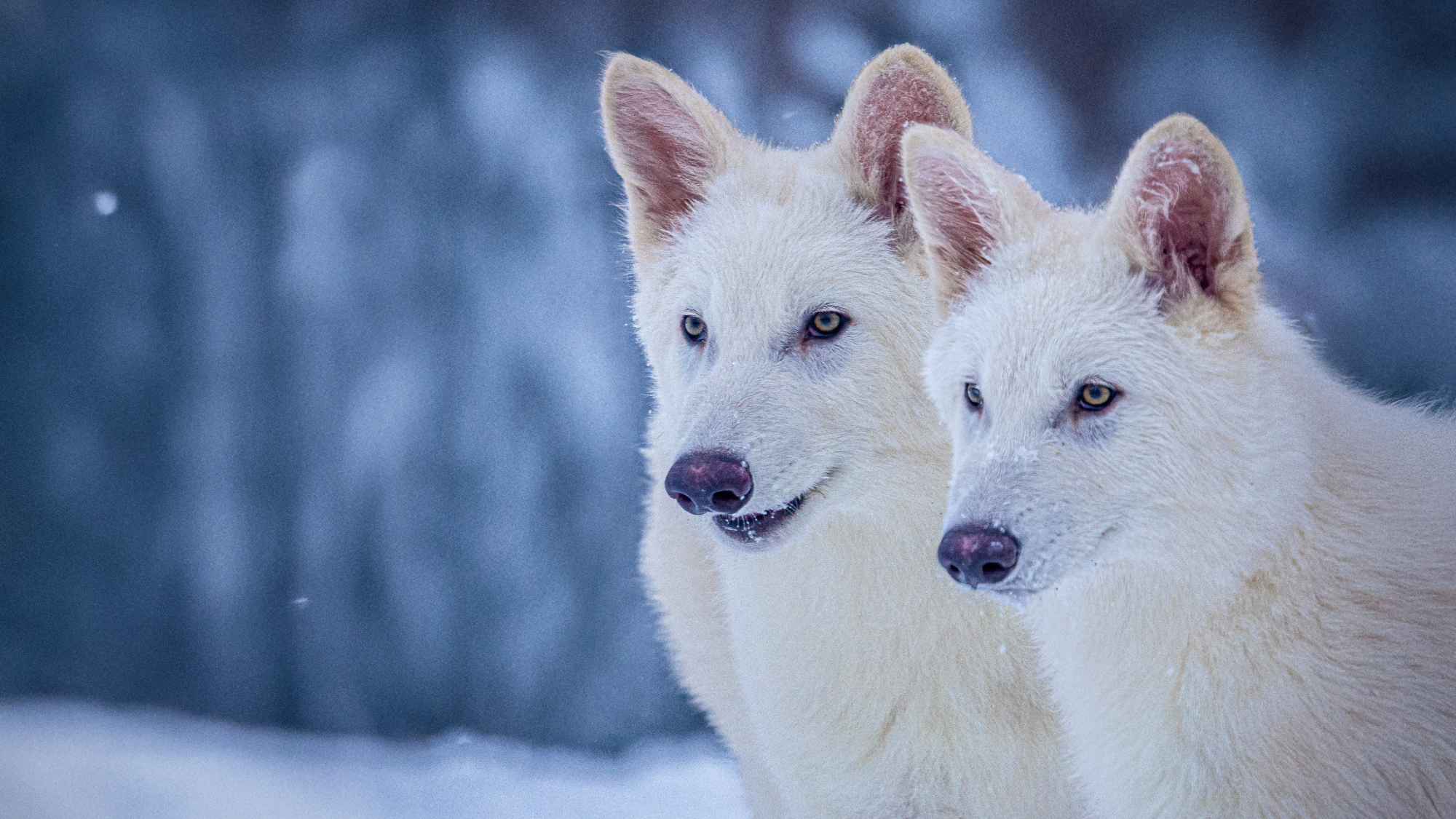 Scientists genetically revive extinct 'dire wolves'
Scientists genetically revive extinct 'dire wolves'Speed Read A 'de-extinction' company has revived the species made popular by HBO's 'Game of Thrones'